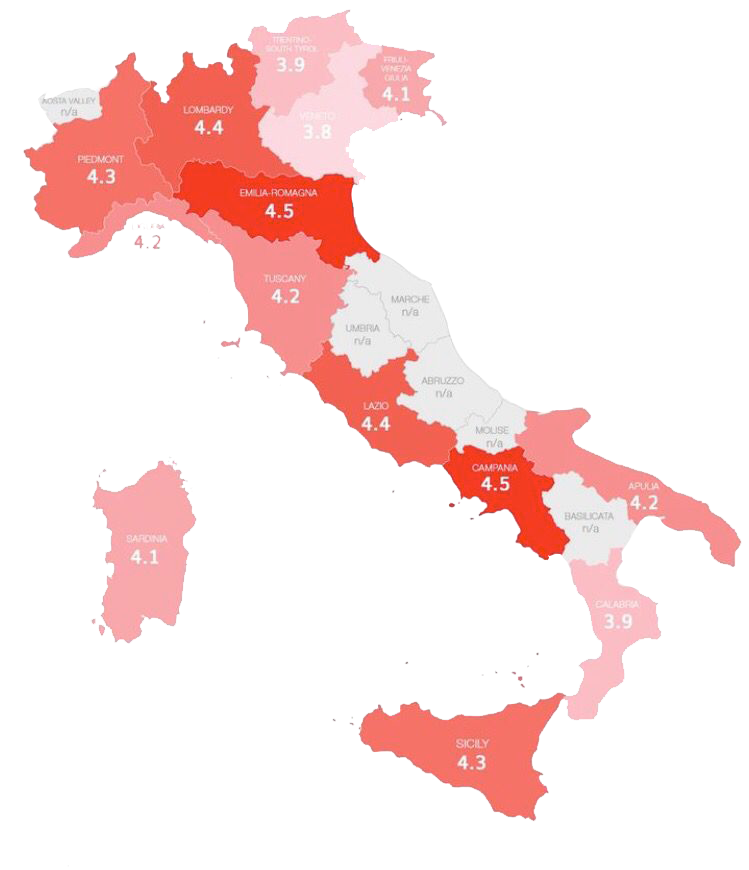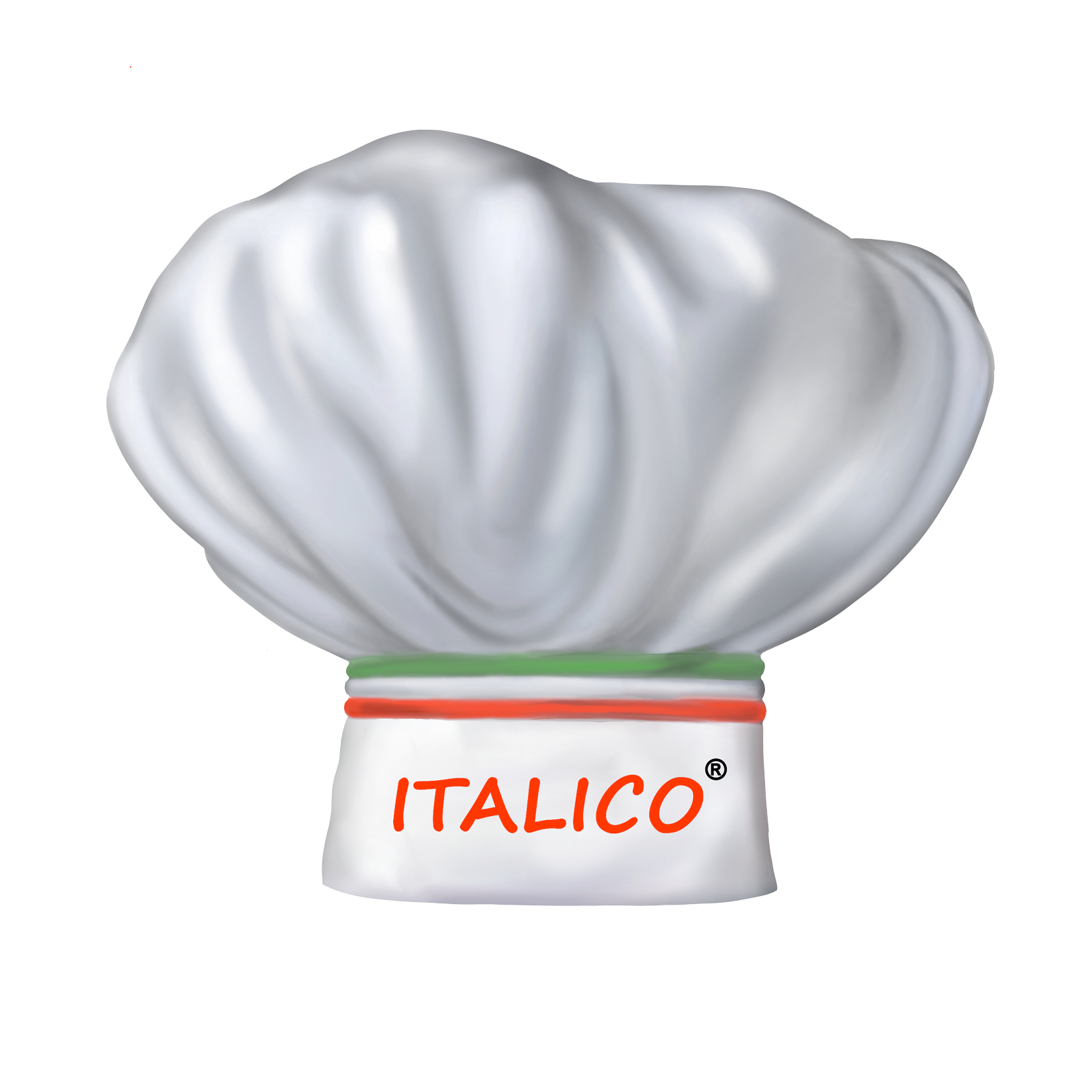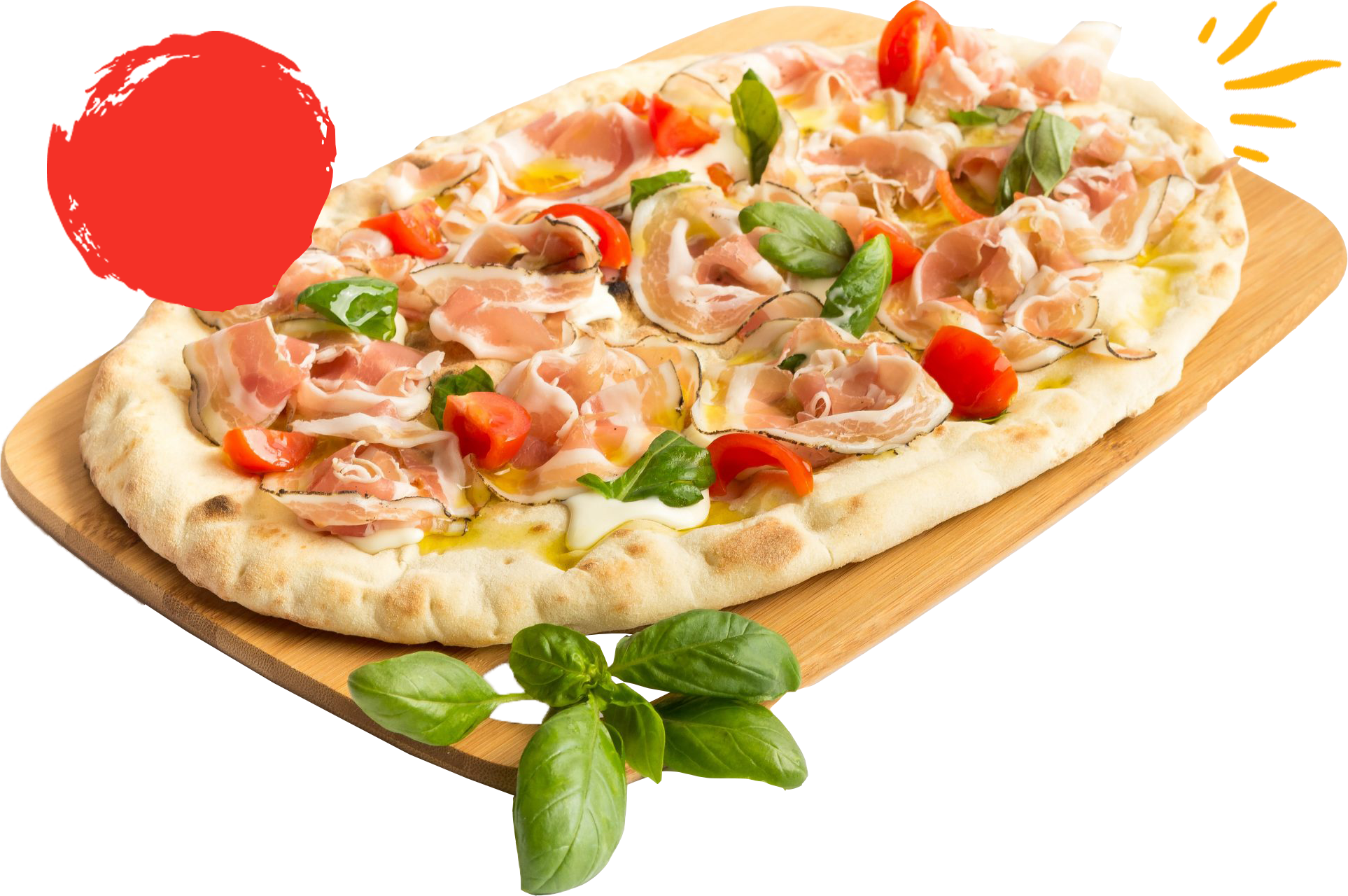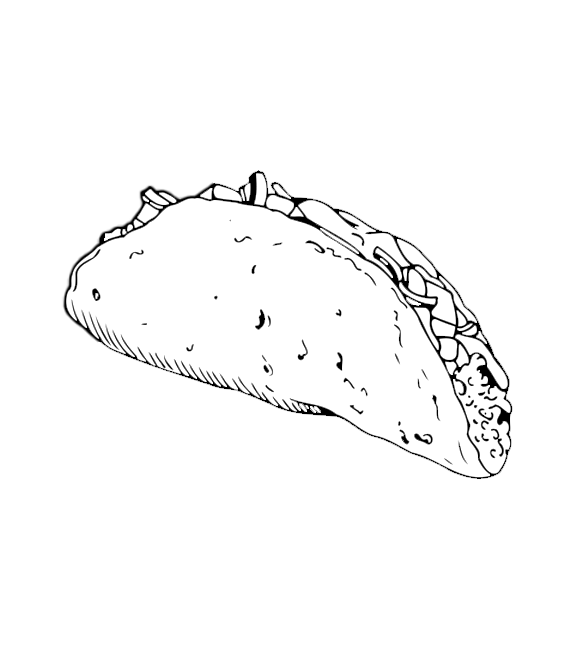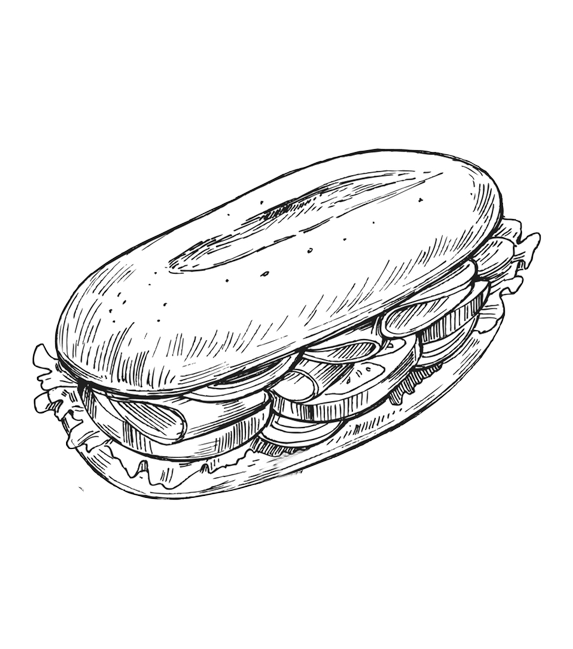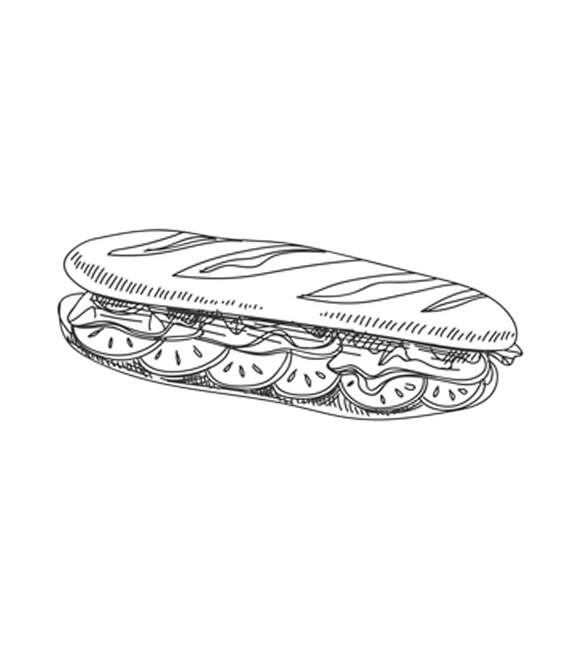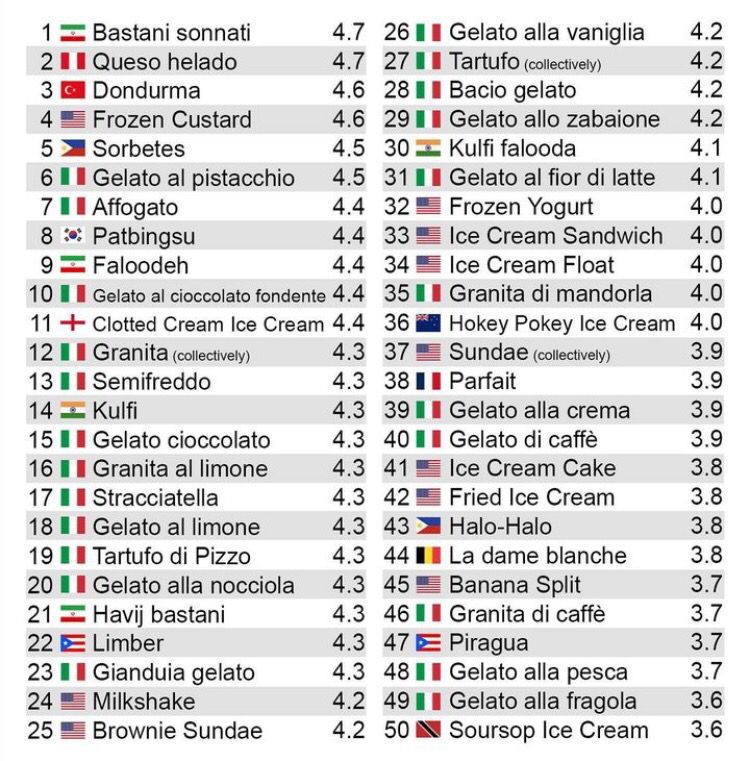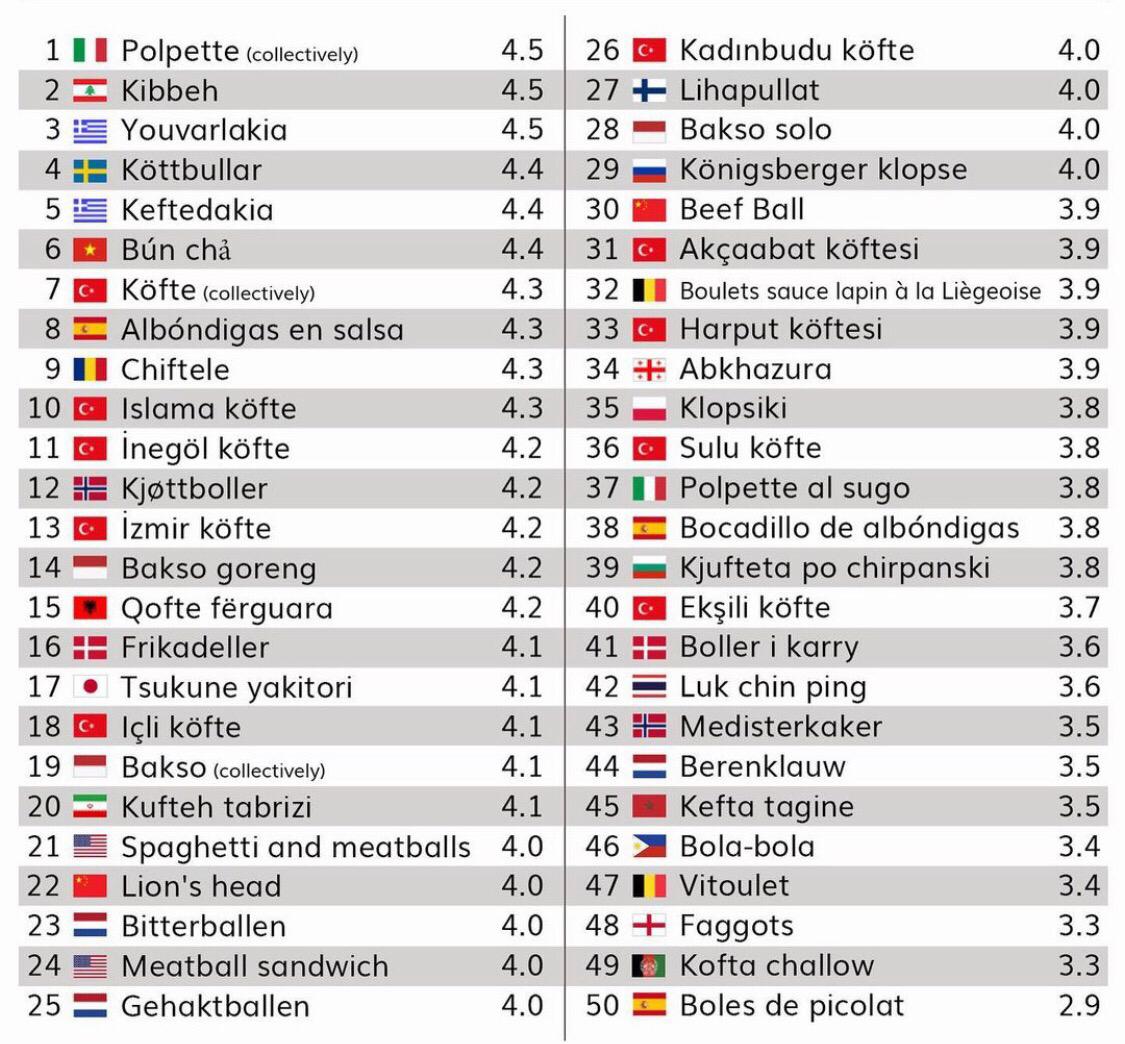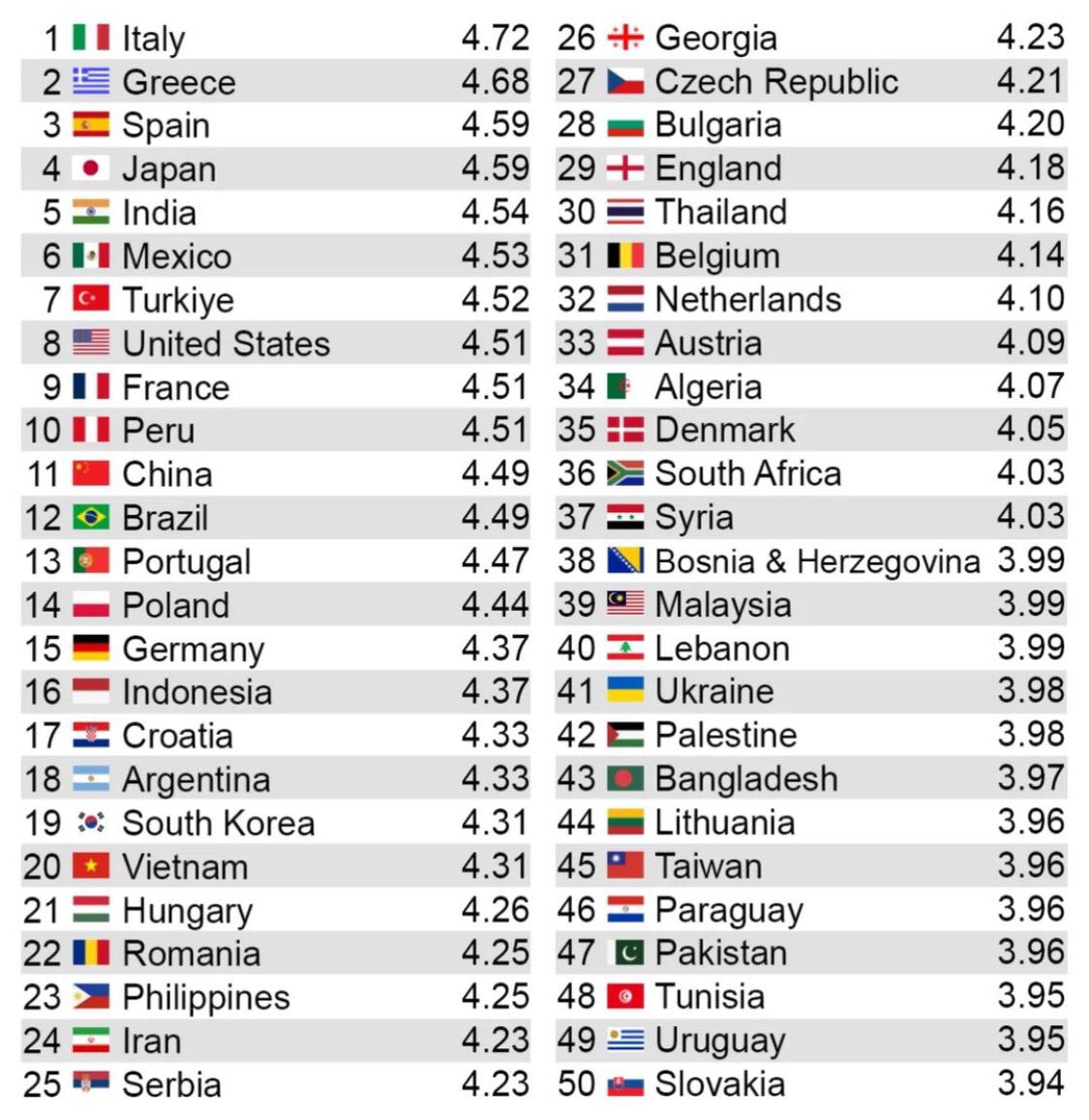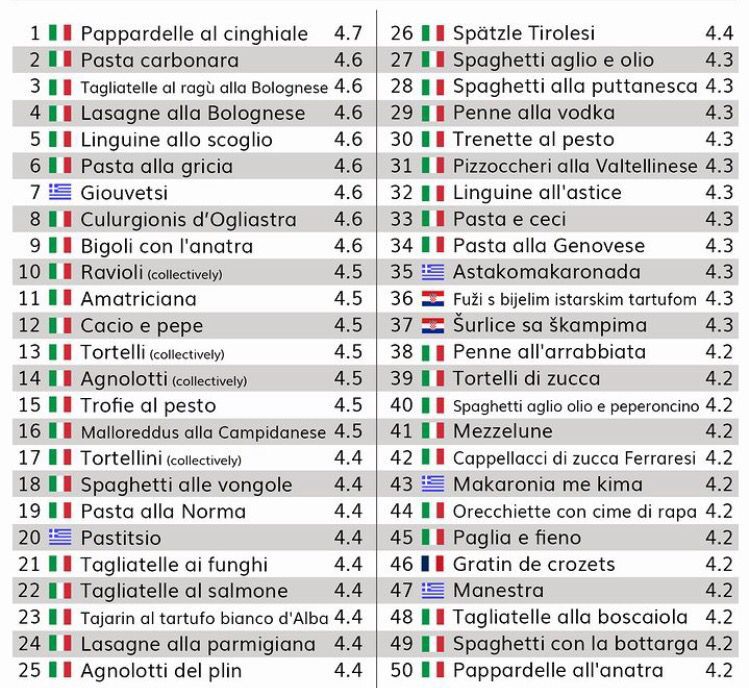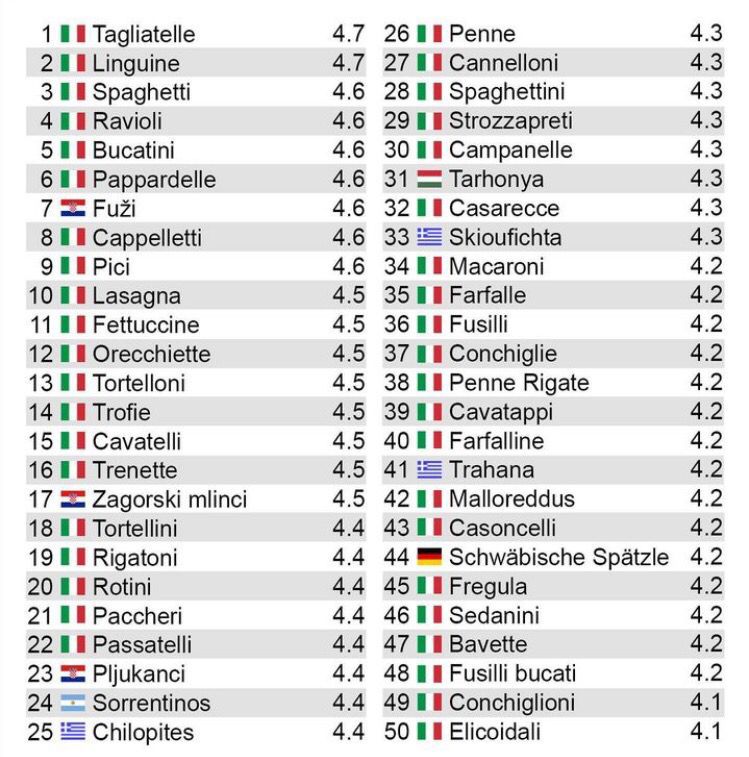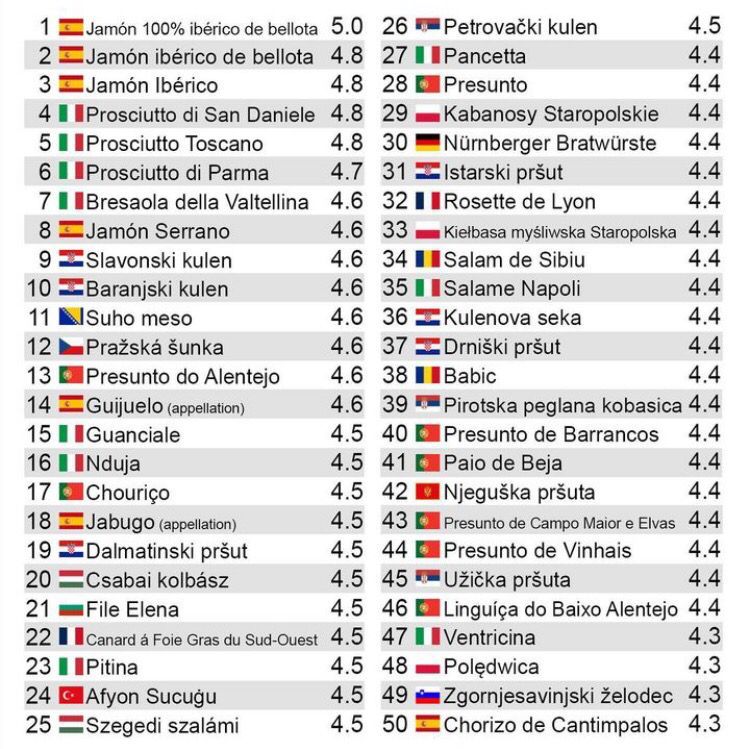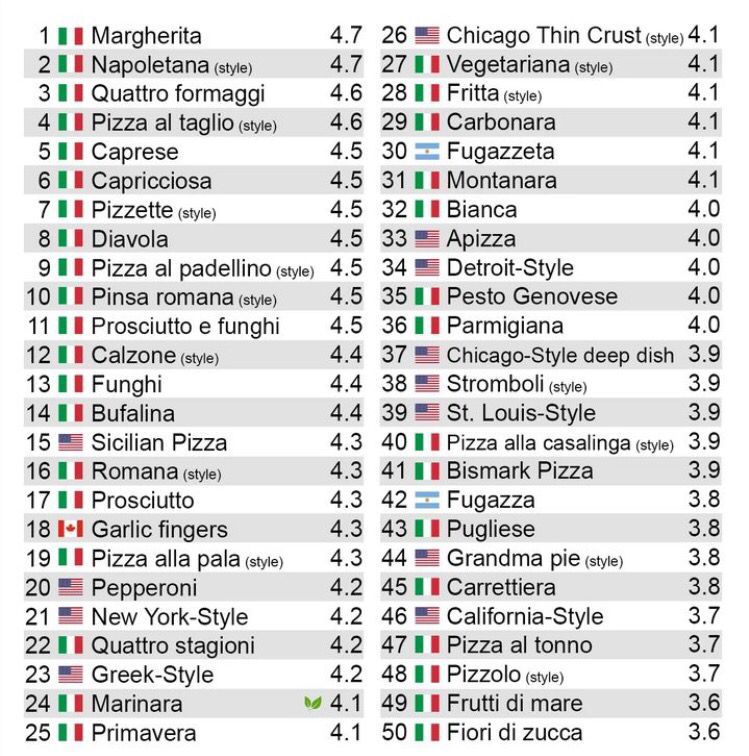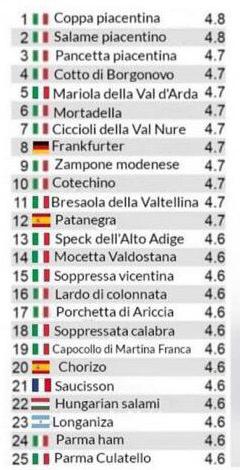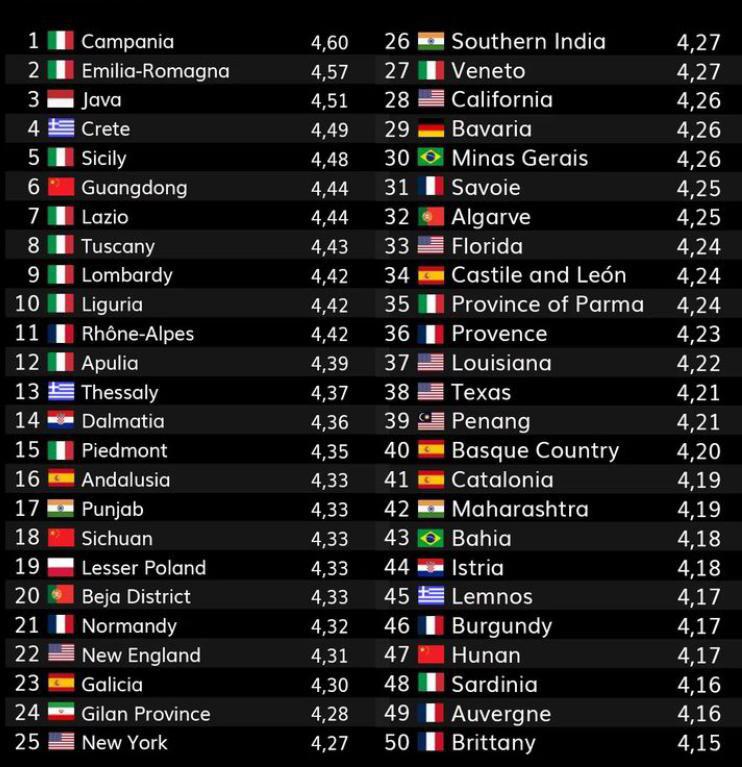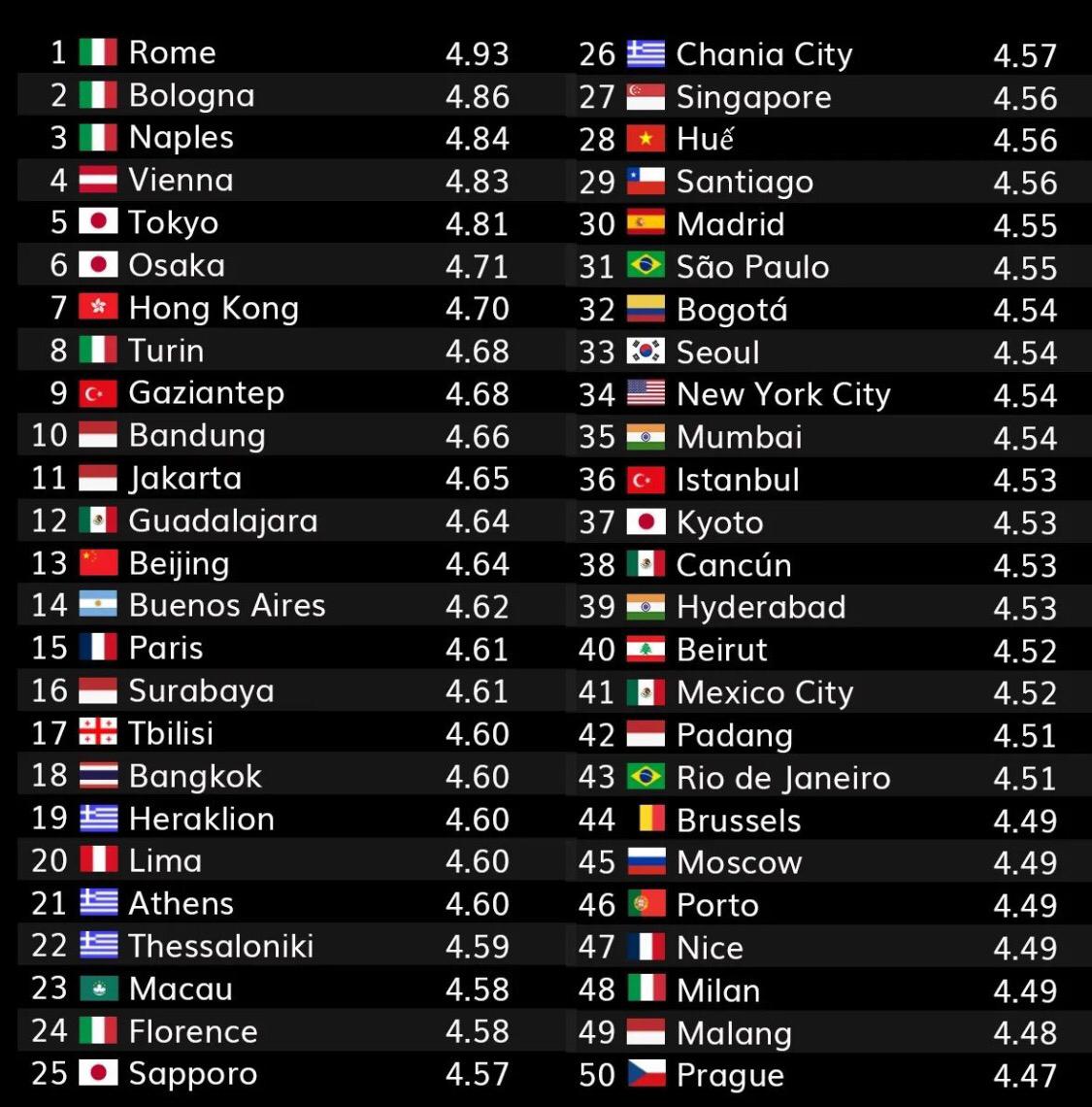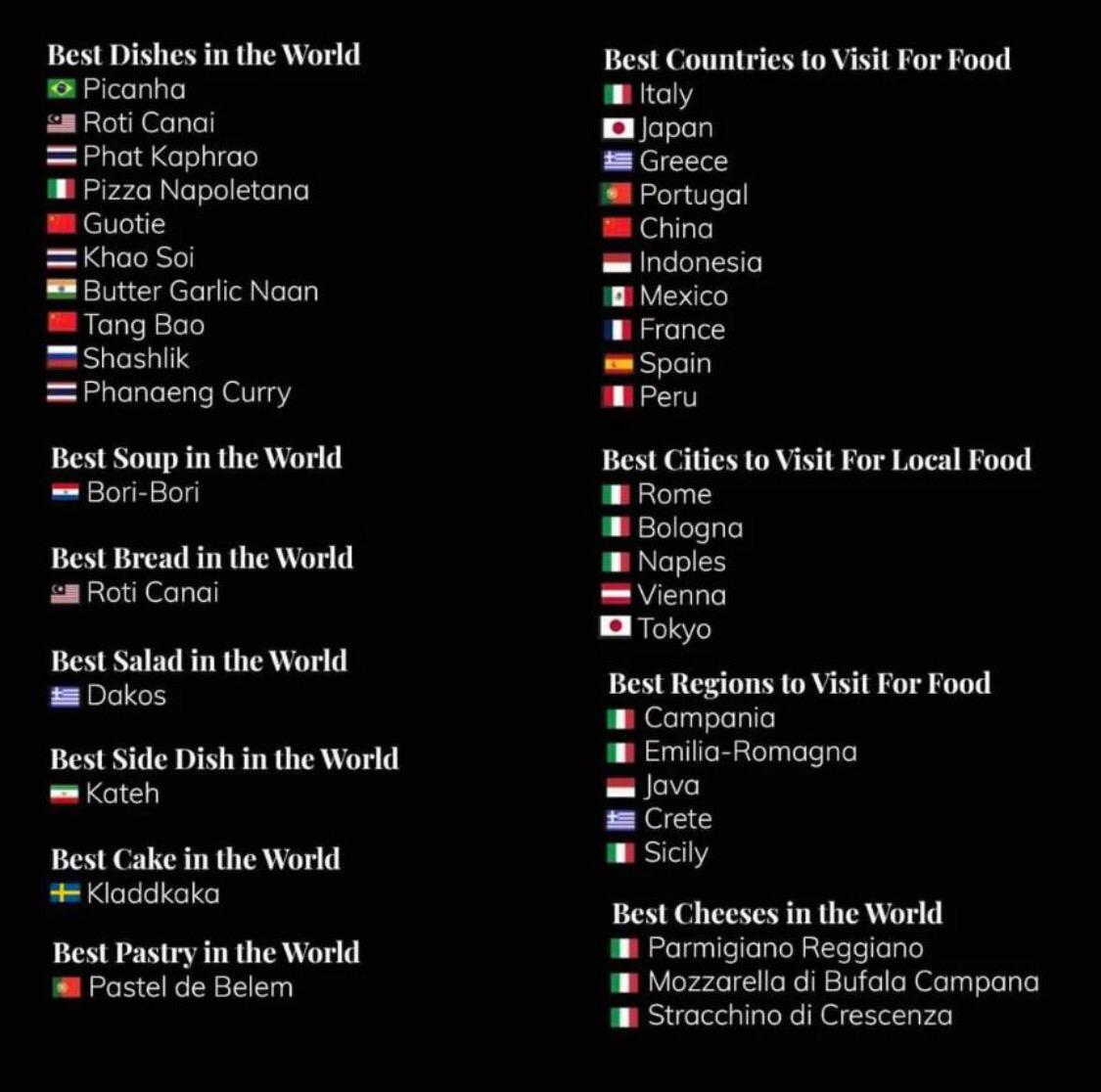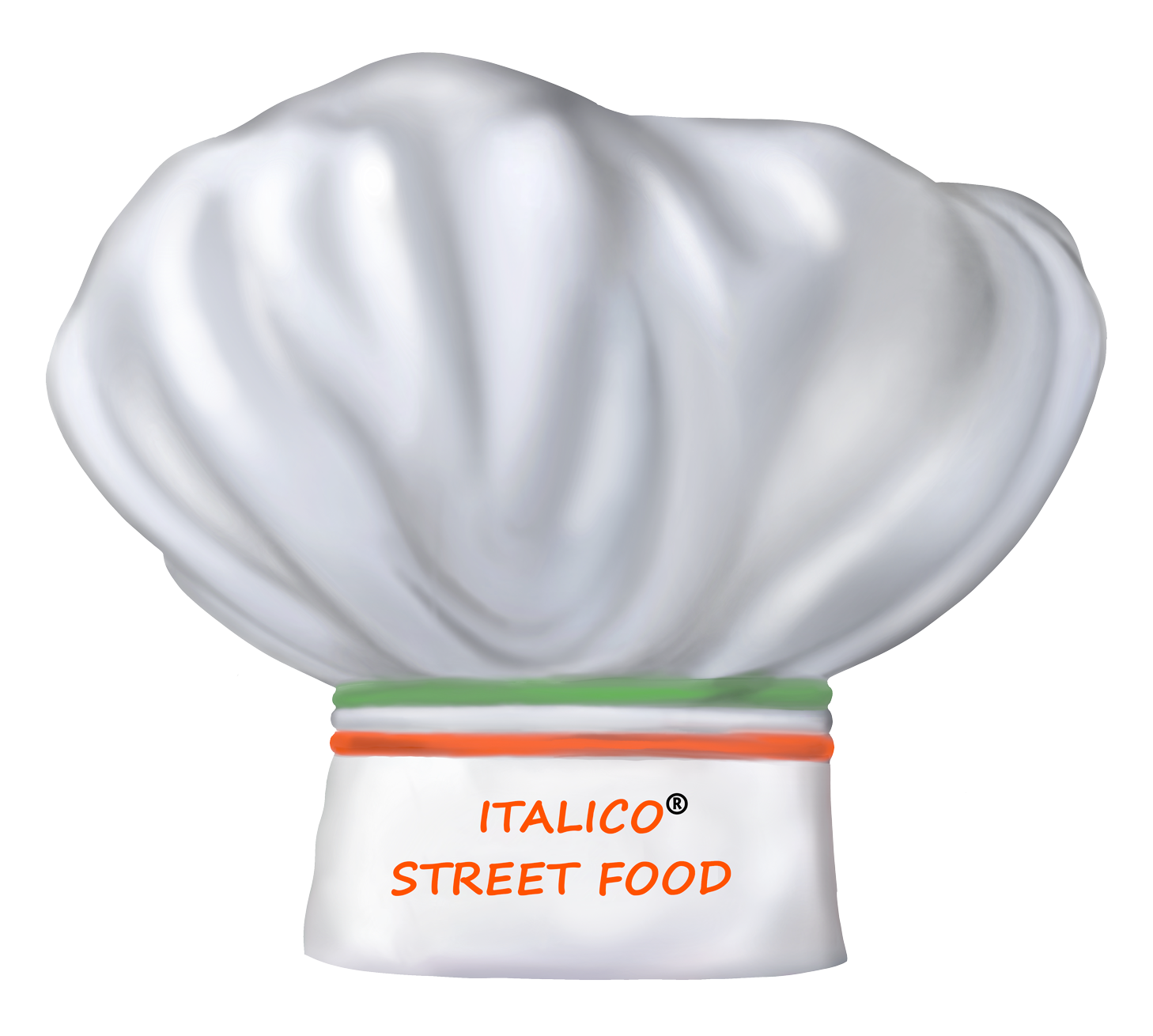THE ETERNAL DILEMMA OF EVERY PIZZA LOVER
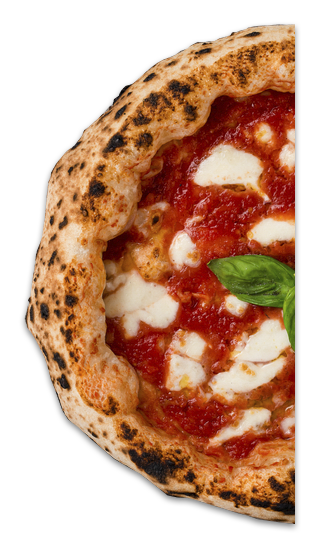
VERACE NEAPOLITAN
(Cartwhell style)

CONTEMPORANEOUS
(Dinghy style)

ROMAN

PINSA
Neapolitan Pizza
Cartwheel Vs Dinghy style
In Campania, the birthplace of Neapolitan pizza (with Naples as its capital city), the concept of pizza embodies both tradition and innovation. Here, where pizza is revered, the classic “Neapolitan style” pizza is in a constant state of renewal, both in terms of aesthetics and taste. In fact, there are at least two prominent schools of thought when it comes to Neapolitan pizza: the authentic ‘‘cartwheel’’ and the contemporary ‘‘dinghy’’. The latter is more prevalent in the city of Caserta. But what sets them apart? Even the most discerning pizza enthusiasts may wonder why both types fall under the umbrella of Neapolitan Pizza. One features a pronounced crust (cornicione) and a relatively small size (dinghy), while the other is visually larger, with a more restrained crust and an imperfect shape (cartwheel). To shed some light on the matter, let’s explore the main differences between them:
- Choice of flour.
- Water percentage in the dough.
- Dough preparation method.
- Spreading technique.
- Cooking process.
Now, let’s delve into the details of the most renowned and imitated style.
AUTHENTIC NEAPOLITAN PIZZA VERACE ‘‘CARTWHEEL’’
The traditional Neapolitan pizza, also known as ‘‘cartwheel’’, derives its name from the large size of a horse carriage’s wheel. It is also referred to as “verace napoletana” or classic Neapolitan pizza.The authentic Neapolitan pizza and its preparation technique are governed by a set of disciplinary regulations established by the Verace Pizza Napoletana Association (AVPN). These regulations are the only internationally recognized collective brand regulations ever issued. As a food icon and part of UNESCO’s intangible cultural heritage, authentic Neapolitan pizza’s defining characteristics are outlined in these regulations, which anyone wishing to label their pizza as authentic Neapolitan must adhere to. Operators worldwide who meet these criteria can request the assignment and use of the AVPN collective brand to market their registered brand product. To provide an overview, these regulations only allow two types of toppings: marinara and margherita, both made exclusively with ingredients from the Campania region.
The pizza must have a diameter of approximately 32-35 cm, with a crust measuring 1-2 cm. It should be soft and easily foldable, which gives rise to the “wallet” variant. Regarding the dough and ingredients, only double-zero flour with a maximum of 20% Manitoba reinforcement is permitted. The flour strength index (W) should range between 220-380, with a P/L ratio between 0.5/0.7. Both baker’s fresh yeast (1-2 g/kg flour) and natural yeast are allowed, while any type of fat must be excluded from the dough. Hydration should not exceed 65 %, and salt content should be at 3%. Cooking is exclusively done in wood-fired ovens at 485 degrees Celsius for 60-90 seconds, although gas and electric ovens are also permitted. The pizza will exhibit the characteristic oven-charred marks (maculatura) typical of Neapolitan pizza, resulting from the high thermal shock, soft consistency, and slight moisture in the center due to succulent toppings and the short cooking time.Cartwheel pizza can be enjoyed on-site or, in its street food version, folded into quarters, placed in a paper wrap (cuoppo), and consumed on the go, without cutlery, resembling a “wallet.” This version is the most distinctive and replicated worldwide. To ensure the dough disc can be folded into quarters, it is crucial that the product is cooked quickly at high temperatures, leaving the dough soft and pliable.
CONTEMPORARY NEAPOLITAN PIZZA ‘‘DINGHY’’
Neapolitan pizza has undergone such a transformation in recent years that only traditionalists adhere strictly to the regulations of authentic Neapolitan pizza.Pizzaiolos have acquired the skills to innovate and transform the product, altering the dough, processing methods, and features, allowing for artistic expression while sometimes distorting the traditional product in an exaggerated way.This gave rise to the ‘‘contemporary Neapolitan’’ or‘‘dinghy’’ pizza. This version does not adhere to specific rules or imposed characteristics, except for the dinghy-like crust, which is higher, bubbly, airy, and has a smaller overall diameter (around 30-32 cm) compared to its ancestor (33-35 cm). Toppings offer space for the pizzaiolo’s or even the chef’s creativity, resulting in unique and sought-after combinations. Regarding the dough, some use white flour, others opt for semi-wholemeal, and some even create a mixture. Hydration also varies, with some keeping the dough moderately hydrated, while others push it to extremes of 75-85% water-to-flour ratio, although such high hydration is not necessary to achieve characteristics like air pockets, crust growth, and dough lightness.Stronger flours with higher W values are now used, as longer leavening times and cold techniques have become the norm. While the traditional Neapolitan pizza avoids oil in the dough for a soft consistency, the contemporary version often incorporates oil to achieve a slightly crumbly texture (if used in significant amounts), but not crunchy. It’s important to note that neither version of Neapolitan pizza will ever be as crunchy as a Roman pizza due to the short cooking time that retains most of the water, resulting in a soft product.The contemporary dough starts with flour and yeast, gradually adding water (due to higher hydration), followed by salt halfway through the process, and finally, if included, fat. The processing time ranges from 24 to 72 hours at controlled temperatures, with longer rises of 8 to 24 hours being almost obligatory for the contemporary version. This extended rise promotes growth and air pockets, giving the dough more elasticity.Spreading the contemporary Neapolitan pizza is a delicate and crucial step, preserving the fermentation gases and bringing more dough towards the crust. It is then topped and transferred onto a peel, where it is further stretched. Inadequate spreading can compromise the product’s aesthetics and overall success, regardless of proper dough management.The dinghy pizza can be cooked in various types of ovens: wood-fired, gas, or electric. The cooking temperature ranges from 380 to 450 degrees Celsius, with a cooking time of 2.5 minutes. These changes from traditional versions serve a specific purpose. The contemporary pizza requires a more hydrated dough, and the water must be extracted during cooking to achieve a cooked and dry product. Insufficient cooking time or excessively high temperatures would prevent the product from drying properly. Furthermore, the dough thickness is not uniform, with more dough in the edge. The higher the crust, the longer the cooking time needed to ensure heat reaches the center. These differences highlight that it is not possible to use the same dough, cooking temperatures, and time for both the ‘‘cartwheel’’ and the ‘‘dinghy’’. Apart from the spreading technique, the dough and nature of these products are distinct. Each product is the result of a unique balance, and respecting the production and cooking methods is crucial for an excellent outcome.
[1] Except for the basil, all the raw materials used by Italico to prepare traditional Neapolitan Pizza ’cartwheel’, wallet pizza, and contemporary ’dinghy’ pizza are strictly selected among local producers and come from the Campania Region. Flours are supplied by companies operating in that territory and unanimously considered by professionals as world leaders in this sector. The different varieties of tomato, San Marzano DOP and Piennolo del Vesuvio, recognised as specific to obtain the authentic Italian product, are produced by agricultural companies in the Sarnese-Nocerino area, the only one that meets the conditions and requirements to obtain top quality tomatoes, so valuable that are also called ”the red gold of Campania”. Dairy products such as fior di latte and buffalo mozzarellas, provola, or burrata are supplied exclusively by producers from Campania and Puglia, in territories nationally renowned for their excellence in dairy production and in the traditional techniques.
MOST POPULAR ITALIAN PIZZA STYLES
|
Verace Neapolitan Pizza Cartwheel style |
Contemporaneus Pizza Dinghy style |
Roman Pizza
|
Pinsa
|
|
| Cornicione (border) | √ | √ | X | Different degrees of thickness |
| Dough |
No added fats Yeast + Old Dough Method (Sourdough) Dry |
Added vegetable fats Yeast + Old Dough Method (Sourdough) Biga/poolish Dry |
Vegetable fats Animal fats Poolish Hydrated |
Vegetable fats Animal fats Highly Hydrated |
| Texture |
Soft Fluffy/stretchy (doughy) Smooth Fragrant The structure can present different degrees of alveolation (dimples) Easilyfoldable |
Soft Slightly crumbly but not crunchy Smooth Fragrant The structure can present different degrees of alveolation (massive air pockets) Easilyfoldable |
Firm Crunchy Crumbly Alveolate structure Not foldable
|
Mildly firm Crunchy Slightly crumbly Dense alveolation Not foldable |
| Hydration (%H2O) | 55-65% | Between 75 up to 90% | >70% | 80% |
| Cornicione: height | 1-2 cm | > 2.5 cm | Absent | Different degrees of thickness |
| Paniello (doughball): weight | 200-280 g | Variable | 150-180 g | 150-180 g |
ROMAN OR NEAPOLITAN PIZZA?
Did you know there are two leading schools of thought about pizza in Italy ?
Neapolitan pizza and Roman pizza. Although both types are prepared with the same essential ingredients (water, flour, and yeast), the resulting products could not differ more. Neapolitan pizza dough consists of flour, water, and sourdough yeast (also known as ‘starter’). It reaches 55 to 63% hydration and is left to rise for about 24 hours. Once the dough has completed its maturation phase, kneading (manually) occurs, and then it is baking time. The cooking method is one of the Neapolitan pizza’s distinctive features: it requires high oven temperature (430 to 480 degrees Celsius) and a ‘short trip’ inside the oven. The reason is that the cornicione (the outer border) will keep its softness and fragrance. Cooking time goes from 60 to 90 seconds. The result is a smooth, soft pizza that melts on your palate.This specific cooking method and respecting a certain amount of resting time before manipulating and baking the dough balls give the Neapolitan pizza its characterising softness.A state-of-the-art Neapolitan pizza will have the consistency of soft brioche but with minimal chewiness if eaten as soon as it is taken out from the oven. A Neapolitan pizza should have an extremely brief ‘existence’. There is no reason to wait for it to cool. The colder it gets, the firmer the dough becomes (a process known as ‘raffermimento’ ) and the chewier the pizza.
Roman pizza, instead, is made with the addition of oil (naturally, extra-virgin olive oil) to water and flour. Hydration reaches about 55% for a firmer dough than the Neapolitan pizza. Oven temperatures for the Roman pizza should be about 380 degrees Celsius. Lower temperatures and vegetable fats (oil) or animal fats (lard) allow the dough to dry, making it crunchier and crumblier than Neapolitan pizza. Another difference is the kneading technique; for Roman pizza, the dough is rolled out with a roller to obtain a thinner, crispier disc. Therefore, it will have no cornicione (outer border). The final product will delight both palate and ears, with the typical crunchy sound accompanying every bite. Just taken off the oven, the two pizzas are visibly different, primarily because of the features in their respective cornicioni (outer borders). Indeed, the Roman pizza does not have a cornicione at all, and the whole disc is crunchy. As for the other, you can tell Neapolitan pizza from the presence of a higher or lower cornicione and the product’s overall characteristic softness. Within the Neapolitan tradition, several interpretations and philosophies exist regarding the perfect height of the cornicione. It is high, evident in the so-called ‘dinghy pizza’; it is lower, less marked in the classic Neapolitan pizza known as ‘carriage-wheel pizza’. As for Roman tradition, the final result is a thin crispy pizza. It also has earned a nickname, the ‘cracking pizza’ literally ‘‘scrocchiarella’’; for a loud crunchy sound accompanies any attempt to bite, slice, or fold it. The disc will systematically break into pieces if you try to fold a slice of well-made roman pizza.
Pinsa and Pizza. Is there any difference?
We can think of pinsa as an ancestor of pizza.
The ancient Romans ate pinsa.This product keeps being underrated since then. Even in Italy, pinsa was revamped as a local street food product in the capital city only very recently.
Pizza and pinsa: aren’t they the same thing?
We can be more accurate than that. Pinsa will surprise you with its unique characteristics!
You will realise the difference from the very first bite.
Compared to classic pizza dough, pinsa dough features different amounts of water and smaller yeast percentages. The result is an easily digestible product with fewer calories.
Roman pinsa is made with a mixture of fine low-calories and low-lipid flours consisting of wheat, rice, soy flour and sourdough.
Even though pinsa is not a trademark-registered product, proportions of ingredients and manipulation techniques are jealously guarded in Italico’s archives, and they shall remain secret.
ITALICO ‘S MAGNUM OPUS
All pizzas are not created equal…
Nowadays, one of the world’s most satisfying sources of nourishment comes in many different styles and shapes, with an infinite variety of flavour and profiles.
Neapolitan, Roman, Pinsa, New York, Detroit, Chicago, St Louise. You may already have heard of – or tried – these pizza styles.
But let’s be clear, any pizza style that isn’t authentically italian, regardless of how famous or delicious, plainly took inspiration from the original (Neapolitan Pizza). The results are versions of that recipe with a twist, some recreated by Italian immigrants themselves when they moved to States.
ITALICO establishes a nonconformist reality that does follow passing trends, breaking free from experimental fads as well, that have given rise to iconic pizza styles.
ITALICO ‘s gourmet tradition does not give in to what other culinary and cultural streams may prescribe either.
It stands only for the authentic and time-honoured Italian tradition.
Other entities decide to venture into preparing the original product, following the recipe but consistently presenting altered and overly sophisticated copies.
Often they lack authentic ingredients, technical mastery, creativity, taste, and ingenuity.
This is where ITALICO steps in.
Our guarantee to you:
NO ALTERATION of original recipes.
NO TAMPERING with other ingredients.
NO TASTE DISTORSION, only the real deal!
In line with the firm desire to offer extraordinary Italian gourmet street food, there will be no concession for anything that does not reflect or neatly belong to the rich Italian gastronomic tradition, from toppings to seasonings, from dressings to flavours.
Discover the most popular Italian pizza styles
(this list is just the beginning)
Different cooking, different structures… The Verace Neapolitan Pizza ( also known as ‘‘ruota di carro’’ literally ‘‘cartwheel’’ ): the mother of all pizzas. It has shaped history and given birth to the current pizza landscape. Prepared following strict disciplinary rules, this pizza is the reference point. The European Union has even granted the “Pizza Napoletana” the prestigious TSG (Guaranteed Traditional Specialty) status, setting it apart from all others. From this style, we also have the folded pizza, fried pizza, and pan pizza*. Pizza Napoletana contemporanea (also known as canotto literally ‘‘canoa’’ or ‘‘dinghy shape’’): a variation of the classic Neapolitan pizza, with high-hydration dough and pre-ferments that create a unique internal structure. The different dough stretching and baking temperature result in the classic puffy crust. The Roman Pizza: a savory alternative. Not as famous as its Neapolitan counterpart, Roman pizza offers a different experience that will captivate your taste buds. Once you try it, Roman pizza will conquer the world with its delightful flavours! This style includes the rolled-out pizza (rolled out with a rolling pin with style crust thin enough that have givenit is described as ”crispy” or as a ”cracker-thin crust” ) , paddle pizza*, and tray pizza*. The Roman Pinsa: the hidden gem that has been underrated since ancient times! Made with a blend of low-calorie and low-fat flours, this pizza is not only highly digestible but also a healthy alternative. And let’s not forget, it’s incredibly delicious, too!
*Not available at Italico
ITALIAN REGIONS BY CUISINE RATINGS
